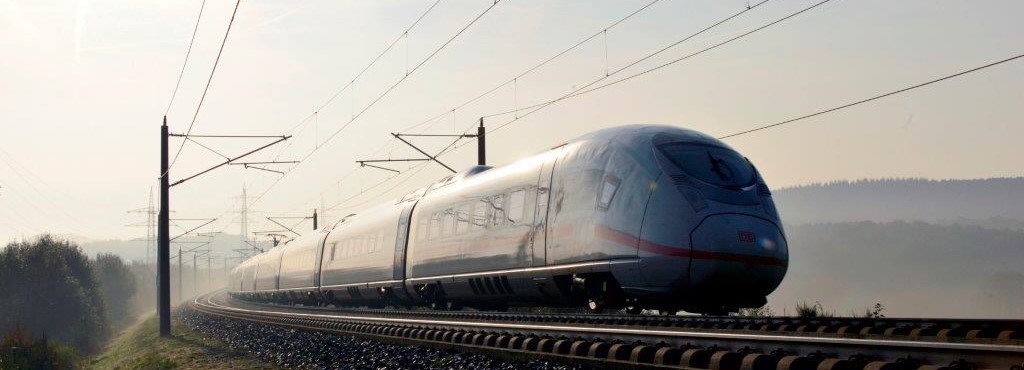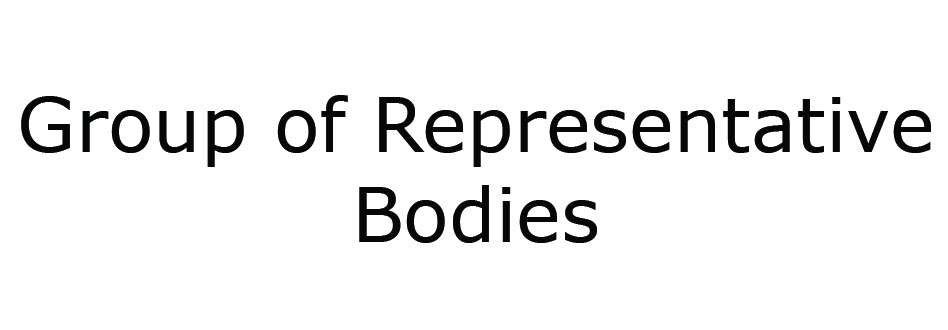4th Railway Package - Guide

Since 1991, the European railway sector has constantly been reformed by the European Union. The 4th Railway Package, which was adopted in 2016 is by far the largest and most complex legal initiative introduced so far. The 4th Railway Package consists of a political and a technical pillar which introduce substantial reforms for all stakeholders concerned.
The Guide below (drop-down menu) illustrates in four different chapters the reforms in the field of vehicle authorisation, safety certification and ERTMS trackside approval as well as the new role of the European Union Agency for Railways as ‘frequently asked questions’. Given the fact that the implementation of the 4th Railway Package is an ongoing process, the Guide will be updated on a regular basis, in line with the progress of the reforms being made on EU level.
Christian Rausch
Chairman of the Group of Representative Bodies (GRB)
- Details
- Written by Super User
- Category: The 4th Railway Package - Technical Pillar
- Created: 28 April 2021
- Hits: 3924
The 4th Railway Package is a set of 6 legislative texts designed to complete the single market for Rail services (Single European Railway Area). Its overarching goal is to revitalise the rail sector and make it more competitive vis-à-vis other modes of transport. It comprises two 'pillars' which have been negotiated largely in parallel:
The technical pillar addresses interoperability, safety authorisation, ERTMS track-side certification but also the reduction of national rules and the increased role of the EU Agency for Railways (ERA) to deliver authorisations and certifications.
The 'technical pillar' was adopted by the European Parliament and the Council in April 2016 and comprises:
- Regulation (EU) 2016/796 on the European Union Agency for Railways and repealing Regulation (EC) n° 881/2004
- Directive (EU) 2016/797 on the interoperability of the rail system within the European Union (Recast of Directive 2008/57/EC)
- Directive (EU) 2016/798 on railway safety (Recast of Directive 2004/49/EC)
The political pillar addresses market opening, tendering of public service contracts and access to national rail passenger markets.
The 'market pillar' was adopted in December 2016 and comprises:
- Regulation (EU) 2016/2338 amending Regulation (EU) 1370/2007, which deals with the award of public service contracts for domestic passenger transport services by rail ('PSO Regulation')
- Directive 2016/2370/EU amending Directive 2012/34/EU, which deals with the opening of the market of domestic passenger transport services by rail and the governance of the railway infrastructure ('Governance Directive')
- Regulation (EU) 2016/2337 repealing Regulation (EEC) 1192/69 on the normalisation of the accounts of railway undertakings

